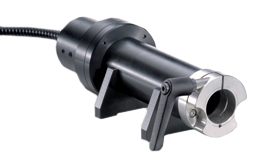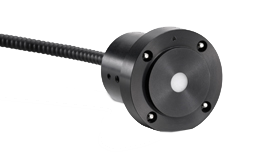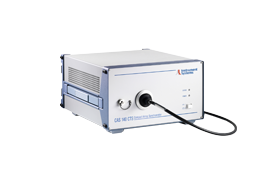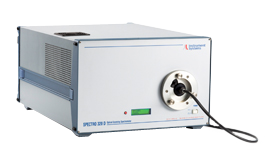Applying the Proper Characterization of LEDs with Average LED Intensity (ALI)
LED manufactures need short measurement times to increase throughput. Thus, manufactures and CIE devised a new test condition named Averaged LED Intensity (ALI). ALI ensures that all manufactures measure at the same conditions and have a short measurement time. Results between manufactures can then be directly compared, even if the LED does not appear as a light source.
Concept of CIE 127:2007
“Condition B” is the most commonly used configuration. The LED is positioned 100mm from a round detector with an active area of 1 cm².
Instrument Systems LED-43X series holds the LED at the correct position and precisely couples the light into a spectrometer like the CAS-140CTS or SP320. Different mechanical adapters are available to allow alignment to a variety of LED handling machines.
For higher precision measurements the LED25-100 measures average LED intensity using a tiny 25mm integrating sphere inside.

Figure 1: shows the LED-430 measuring adapter that conforms to the standard CIE condition B for 100 mm distance.














